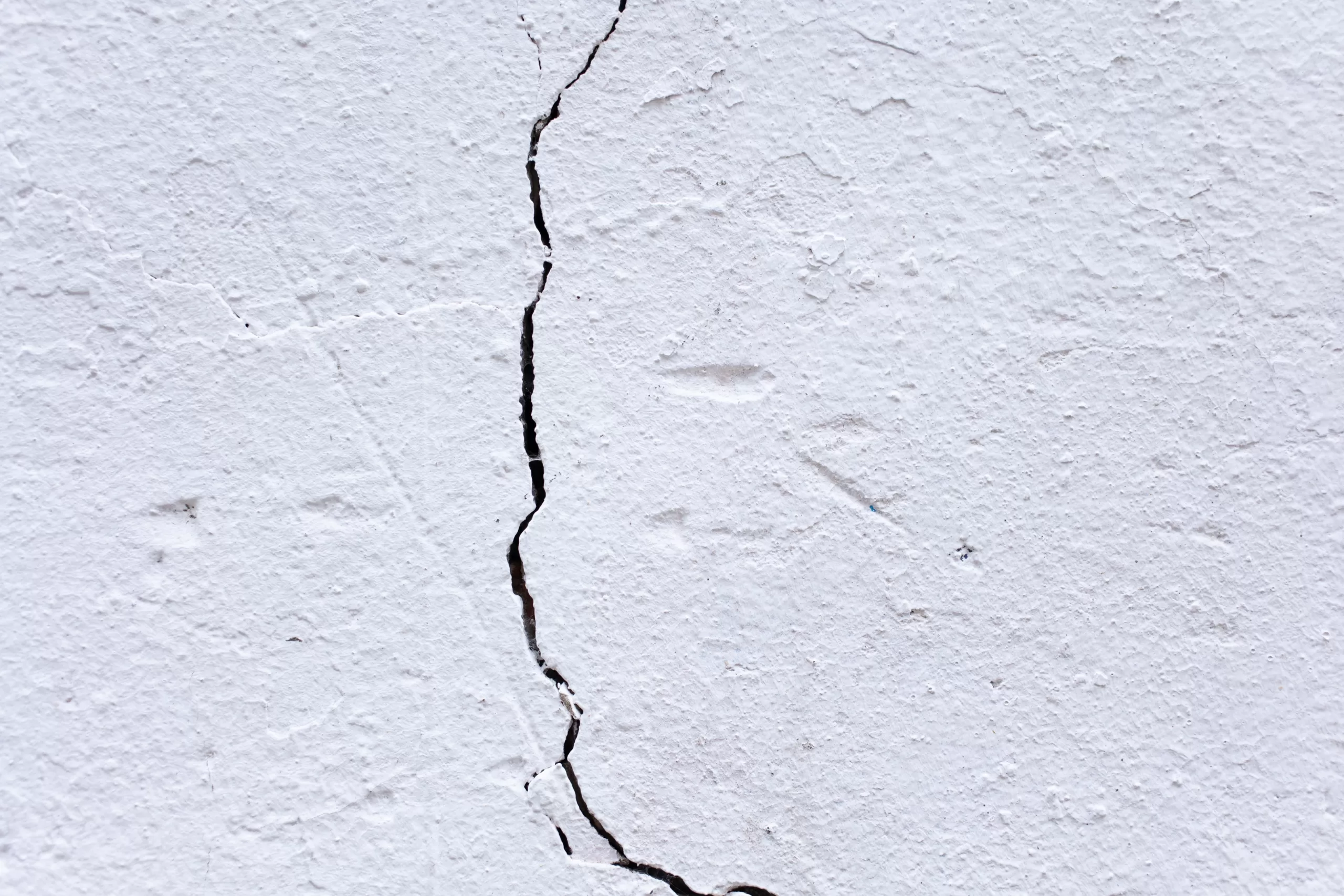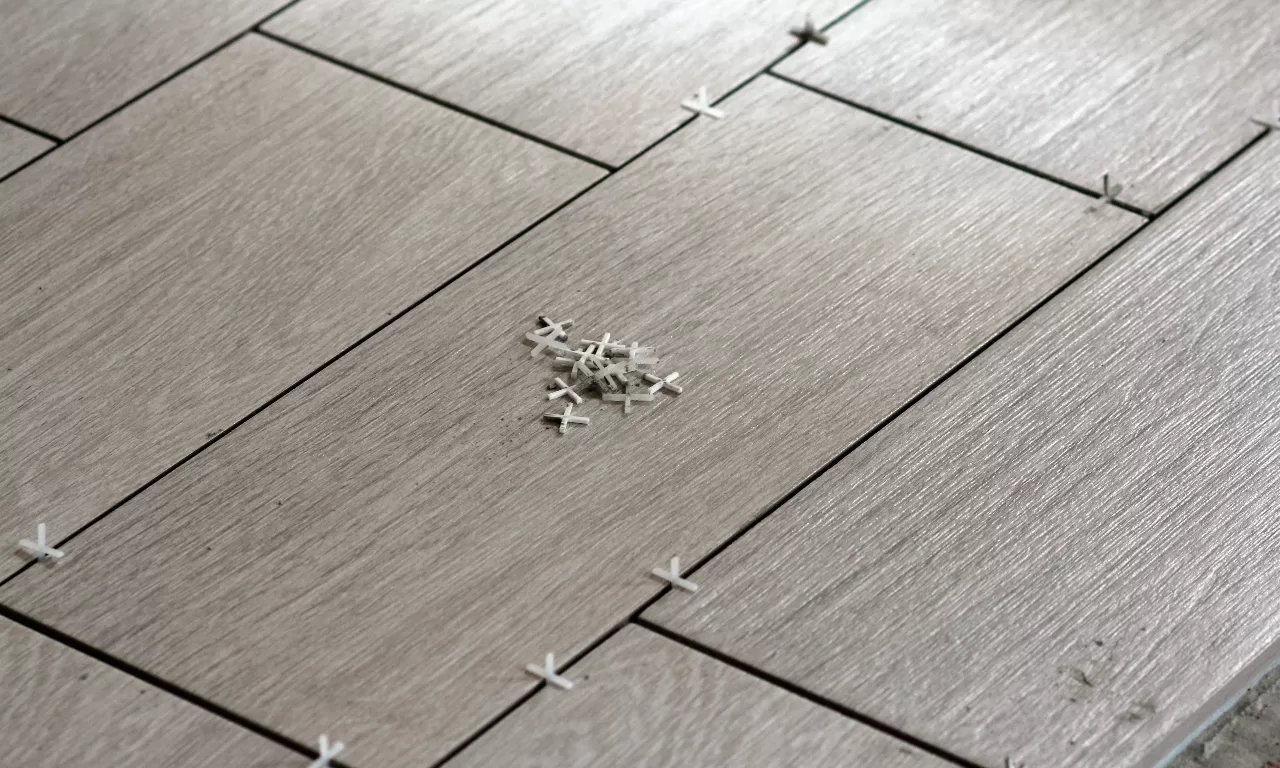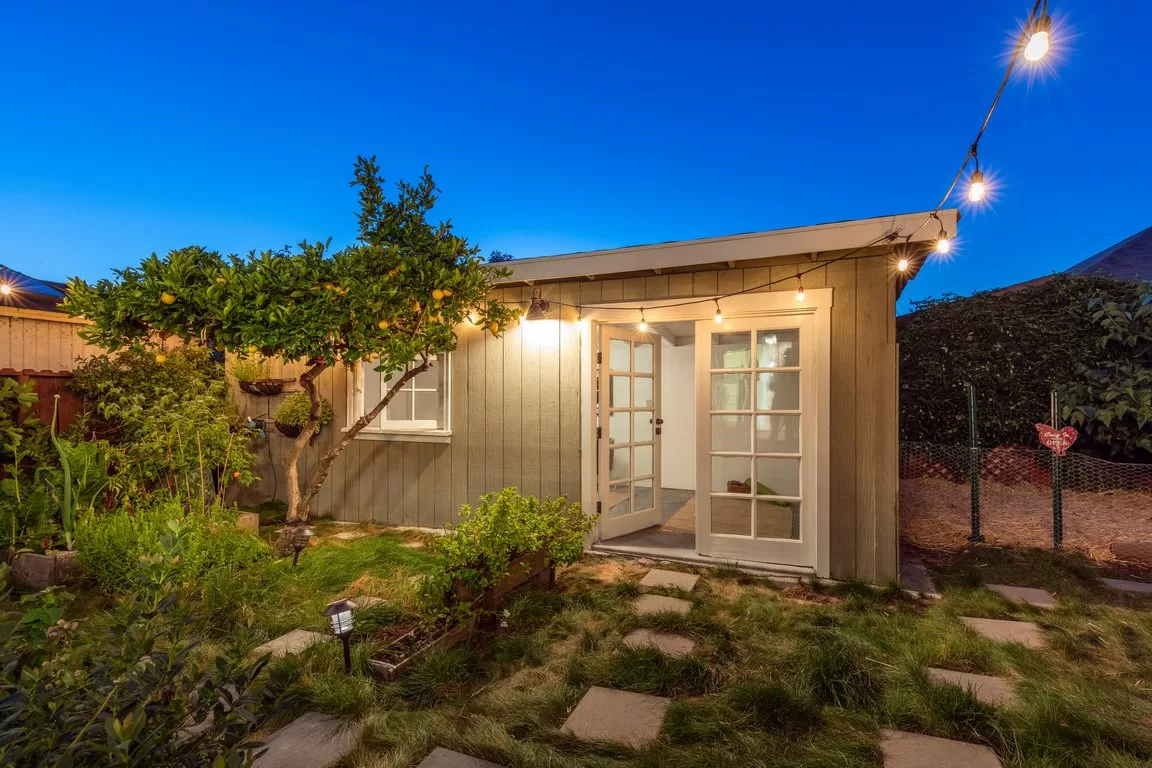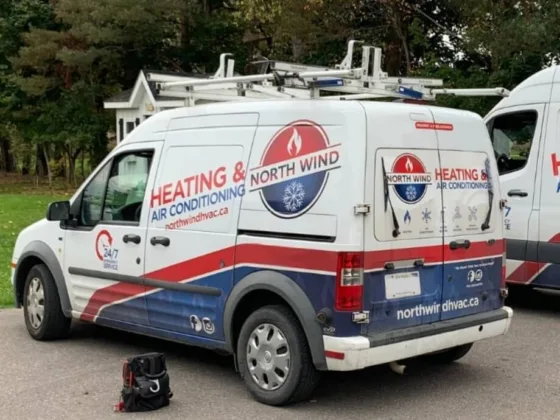Stucco exteriors have long been revered for their timeless beauty and durability, yet, like any building material, stucco can degrade with time, leading to potential issues and the need for repairs.

Being a responsible homeowner means being alert for signs of stucco damage; we will discuss four key indicators here which could indicate your stucco may require attention and when to search for stucco repair in San Diego.
Cracks and Fractures
One of the most apparent signs that your stucco exterior needs attention is the presence of cracks and fractures on the surface. These can manifest in various forms, ranging from hairline cracks to more significant fissures.
Cracks in stucco can occur due to several reasons, such as the settling of the foundation, weather fluctuations, or poor installation.
While small cracks may seem inconsequential at first, they can exacerbate over time, allowing moisture to seep into the underlying layers.
Once water infiltrates the stucco, it can lead to more severe issues like rot, mold growth, and even compromise the structural integrity of your home.
Hence, if you notice any cracks or fractures, it’s essential to address them promptly to prevent further damage.
Read Also:
Water Stains and Discoloration
Water stains and discoloration on your stucco exterior are clear indicators of water intrusion. When the stucco system becomes compromised, it loses its ability to repel moisture effectively.
As a result, rainwater or snowmelt can penetrate the stucco and reach the underlying substrate, leading to staining and discoloration.
Discolored patches on the stucco might appear as dark streaks, greenish spots, or chalky areas. Ignoring these signs could lead to more significant issues, such as efflorescence, a white, powdery substance that appears on the surface due to water migration.
Efflorescence can be difficult to remove and is often a sign of ongoing water infiltration, which necessitates immediate repairs. If you notice these stains please search for stucco repair San Diego.
Bulging and Blistering
Bulging and blistering are common signs of stucco deterioration, which occurs when the stucco becomes detached from the underlying substrate. This separation can happen due to poor adhesion, water damage, or improper installation techniques.
When moisture gets trapped between the layers, it causes the stucco to expand and separate from the wall.
Mold and Mildew Growth
Mold and mildew thrive in damp environments, making your stucco exterior an ideal breeding ground if moisture is allowed to infiltrate the system.
If you notice greenish or blackish patches on your stucco, especially in shaded or moist areas, it’s likely that mold or mildew is growing on the surface.
Aside from being unsightly, mold and mildew can pose health risks to your family. Breathing in mold spores can lead to respiratory issues and allergies. Furthermore, mold growth can exacerbate the stucco’s deterioration, accelerating the need for repairs.
Find The Right Stucco Repair In San Diego
If any such symptoms appear on your exterior surface stucco surface, don’t hesitate to seek a search for stucco repair in San Diego to assess any damages before offering solutions – regular inspections and timely repairs will ensure it stands the test of time!









